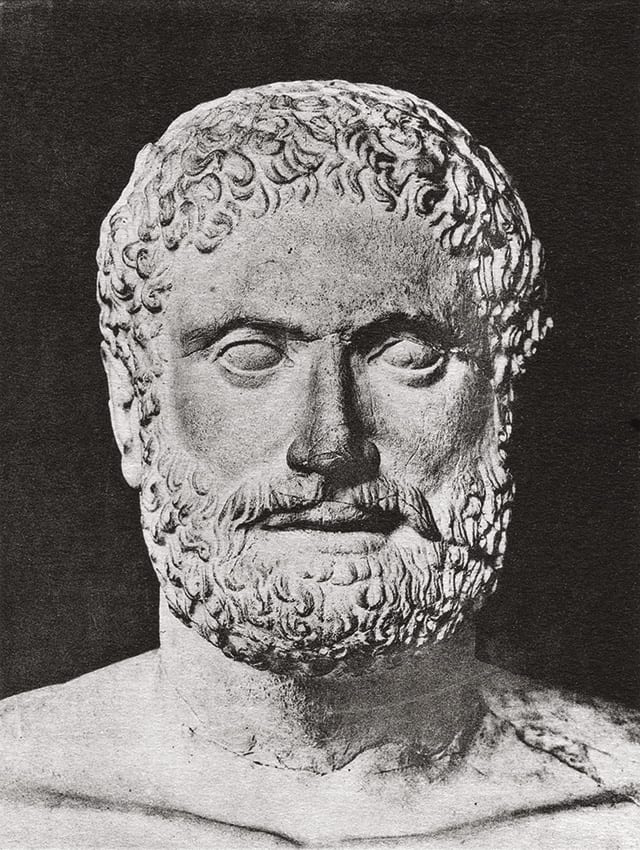
ADVERTISEMENT - CONTINUE READING BELOW
8. Ancient Athens’ Popular Tyrant
Peisistratos fled Athens and headed to northern Greece, where he bought silver and gold mines, and got rich off their proceeds. He then invested his wealth in mercenaries, returned to Athens and tried again, this time with a well-equipped private army instead of a girl dressed up as a goddess. It worked, and in 546 BC, he overthrew the government and proclaimed himself a tyrant. He governed as a champion of the lower classes, and his tyranny was a wild success. Peisistratos suppressed Athens’ rival factions, exiled his aristocratic enemies, and confiscated their landholdings. He broke up the nobility’s large estates into small farms, which he redistributed to his followers, and thus cemented their support for his regime.
The new tyrant adopted a slew of other popular policies. He loaned small farmers money for tools, lowered taxes, and standardized the currency. He enforced the laws even-handedly, promoted the cultivation of olives and grapes, and encouraged commerce and craftsmen. He also funded popular religious rites such as the Dionysia and promoted theater, culture, and the arts. By way of infrastructure, he built an aqueduct, implemented a public buildings program, and beautified the city. By the time Peisistratos died, circa 527 BC, Athens was peaceful and more prosperous than it had ever been, with a growing and increasingly affluent middle class.

